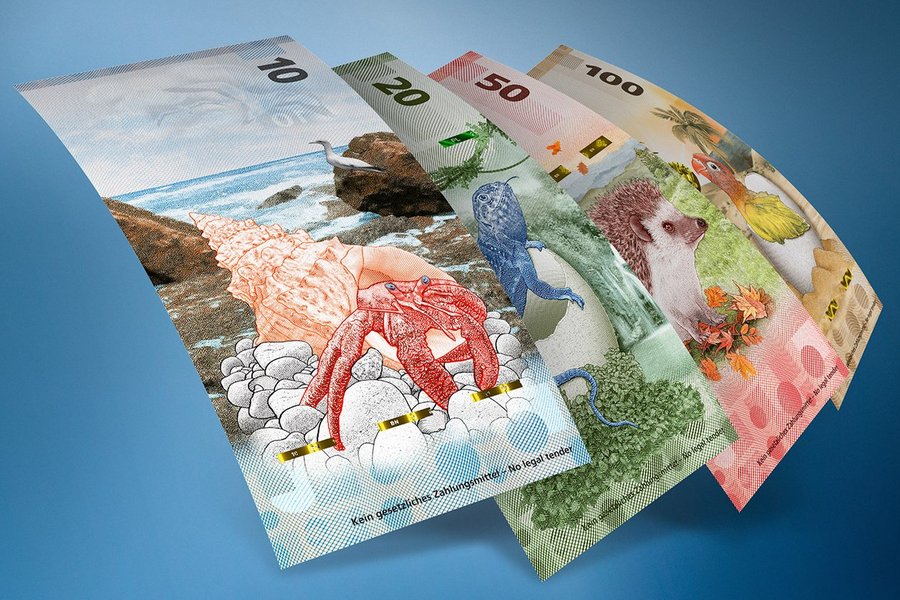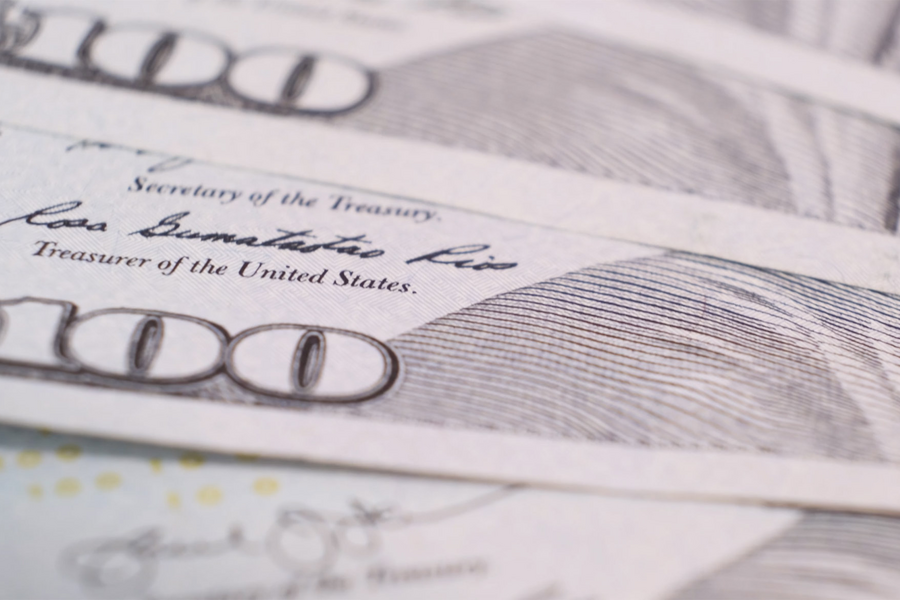Counterfeit banknotes have long been produced on the broad spectrum of forgery. Depending on their planned use and situation, banknotes are forged at greater or lesser expense – from individual notes to huge volumes of cash.
Hand-finished single forgeries rarely make it into circulation, due to the high effort of their production and the relatively low return. However, large-scale counterfeiting does pose a problem for central banks: nothing can damage trust in cash as severely as the emerging suspicion that counterfeit money may be in circulation. The reason for this is that anyone who unknowingly accepts or pays with counterfeit money can be prosecuted – even if they are not the originator of the notes or if they did not do so with intent – and is liable for the costs.
Counterfeit money removed from circulation is usually examined by the state’s criminal authorities in cooperation with the central bank. The focus here is on identifying the fake notes to try to link them to their possible originators. This is how counterfeit money factories can be tracked down and professional counterfeiting rings broken. On an international level, this is usually achieved through close cooperation between national criminal authorities and international police organizations such as Europol or Interpol.







